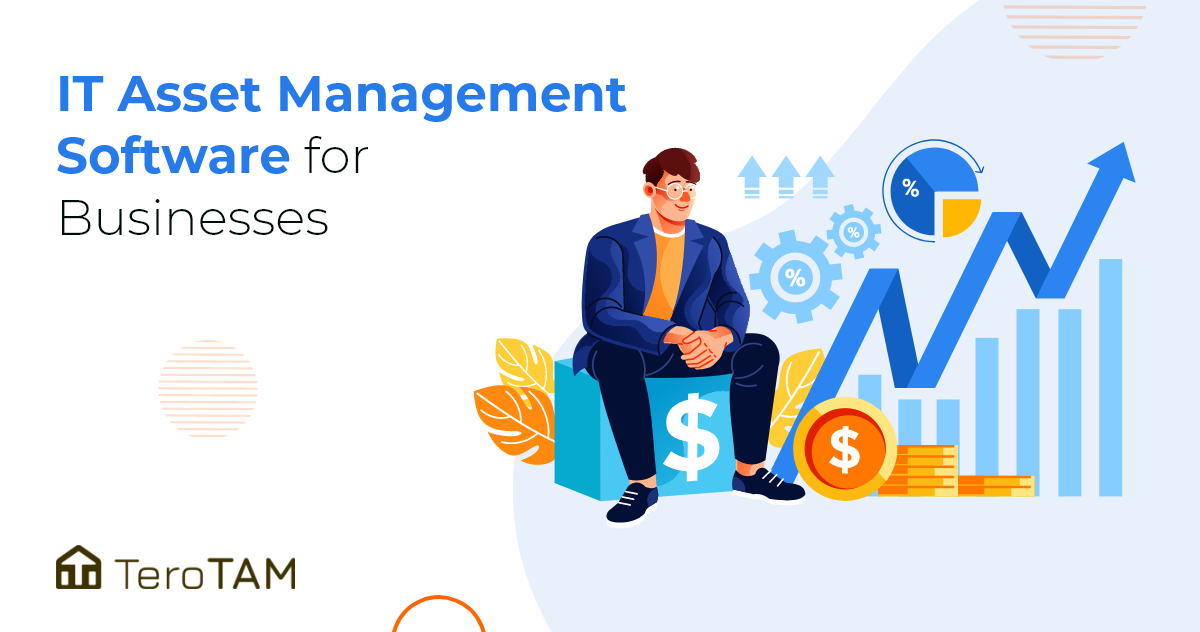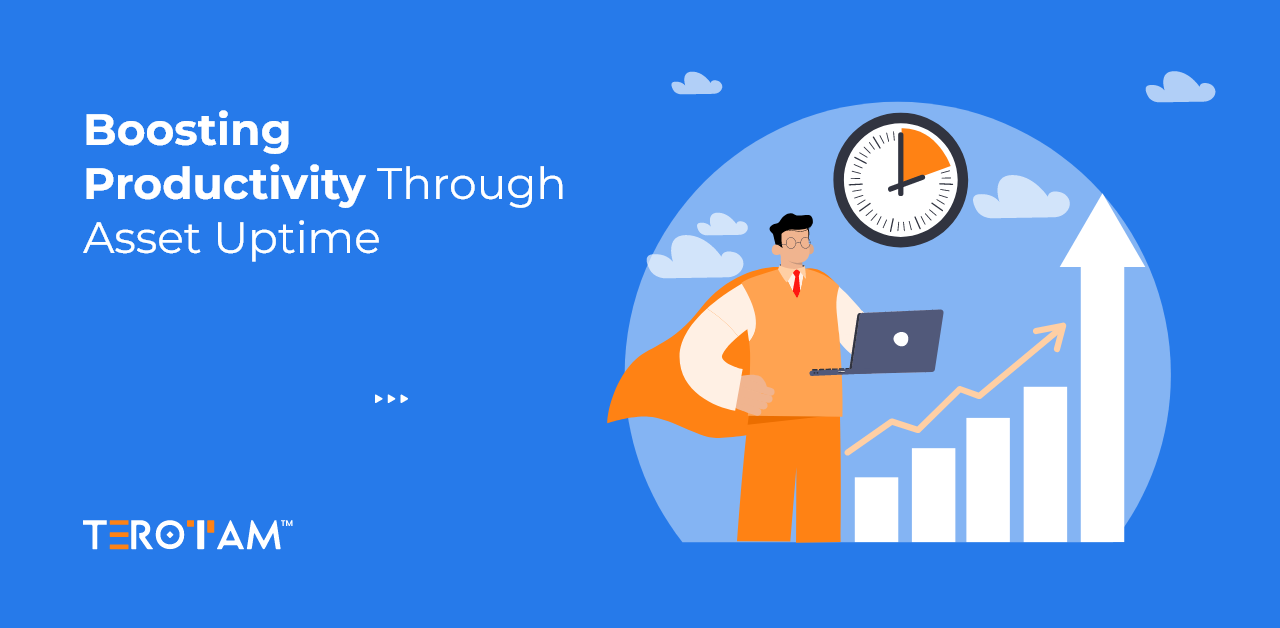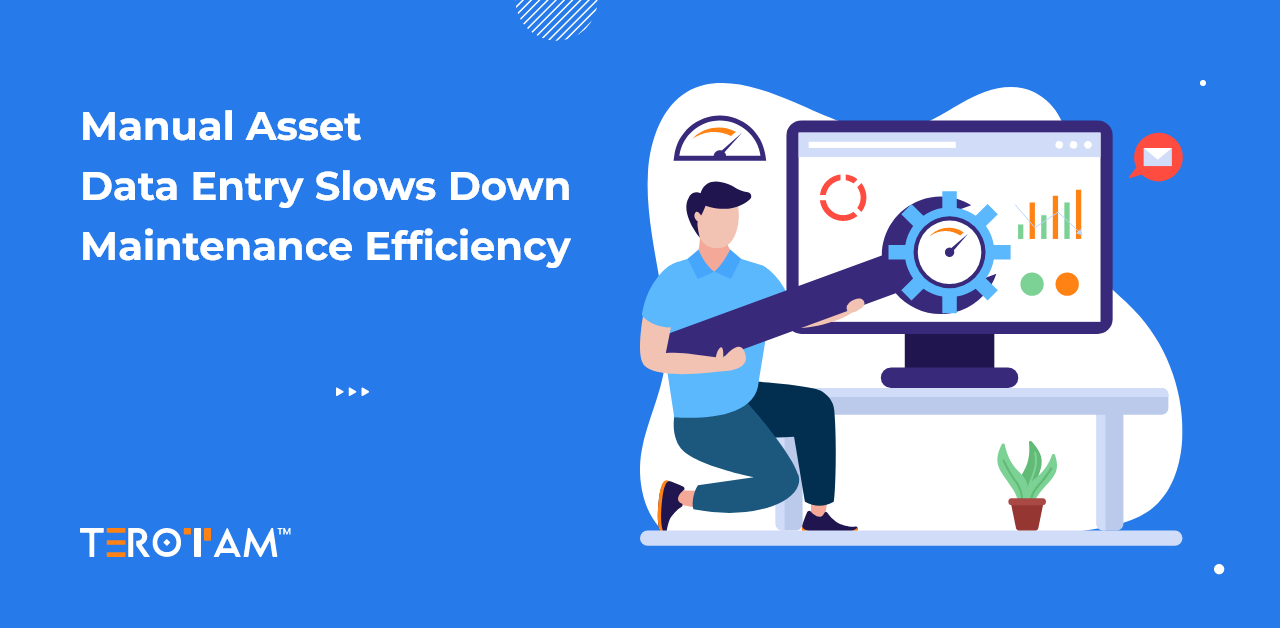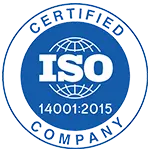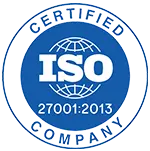In today’s competitive economy, effective IT asset management is essential. Without a clear management strategy, it’s difficult to ensure your organization is operating at its full potential. As your company grows, so do your IT needs. A robust IT asset management strategy helps you track the increasing number of assets—from acquisition to disposal—ensuring efficiency and accountability at every stage.
In this article, we’ll explore why IT asset management is critical for businesses, the most effective strategies to implement, and the key KPIs to monitor your progress.
What is IT Asset Management and How Does It Work?
IT Asset Management (ITAM) is often interpreted in different ways. Some define it as the process of maximizing the value of an organization’s IT equipment, while others see it simply as the inventorying of all IT assets within a network. While both perspectives hold some truth, they don’t fully capture the scope and importance of IT asset management.
In reality, IT Asset Management (ITAM) is a comprehensive practice that involves much more than just asset tracking. It encompasses the entire lifecycle of IT assets—from procurement and deployment to maintenance and eventual disposal. ITAM ensures that every asset is:
Types of IT Assets
IT assets are generally categorized into two main types:
- Hardware Assets: These include the physical components such as desktops, laptops, servers, keyboards, printers, and other peripherals.
- Software Assets: This refers to all licensed or purchased software programs and applications used within the organization.
How ITAM Works
ITAM applies structured methodologies to both hardware and software assets, enabling:
- Efficient inventory tracking
- Contract and license compliance
- Cost and value analysis
- Lifecycle management, including procurement, maintenance, and disposal
- Real-time visibility into asset usage and performance
By continuously monitoring assets, ITAM helps identify depreciation, optimize asset utilization, and streamline procurement planning. Ultimately, this leads to better budgeting, risk management, and operational efficiency.
What Is the Importance of IT Asset Management for Growing Businesses?
For a variety of reasons, IT asset management is critical for a company. It can not only help you save money on IT management and procurement, but it can also ensure that your company is using the most up-to-date technology to give the finest services to your customers. The following are some of the most compelling arguments for the importance of IT asset management.
Cybersecurity Vulnerabilities caused by Improperly Managed Assets
Threats to cybersecurity are increasing at an alarming rate as technology advances at an unfathomable rate. Because you can’t manage your IT assets, you don’t know what vulnerabilities you have. It will expose you to attacks from competitors searching for a competitive edge or other malicious third parties.
Keeping your IT gear and software up to date with the newest firewall and other cybersecurity measures is the best way to protect yourself from hackers. IT asset management is the first step! Monitoring IT assets on a regular basis would keep you informed about the lifecycle of your hardware and software, allowing you to update them as needed.
Lack of Awareness of your Failure Points
You won’t be aware of your network’s weak links unless you have a good IT asset management solution. You won’t know which hardware or software is nearing its end of life and has to be replaced. Furthermore, you will have to halt operations until the malfunctioning IT asset is identified and repaired.
Track Incoming Assets
Businesses typically replace obsolete hardware and software with newer versions. The procedure can occur more frequently than you might think. It would be difficult to track these entering and outgoing assets without a competent IT asset management system, resulting in inconsistencies in your network map. You won’t be able to tell which hardware is new and which you took out, resulting in a waste of time and effort trying to locate the missing bits. It will also leave a security hole in your system.
Dispose of Expired Assets Correctly
Finally, IT asset management is essential for properly disposing of outgoing assets. A regulatory standard for proper disposal of obsolete IT assets exists; for example, the payment card industry’s data security standard (PCI DSS). So, if some old hardware included sensitive client data, you can delete all traces of such data before removing the IT asset from your network.
Benefits of IT Asset Management & IT Asset Management Software
A good IT asset management system can help you get the most out of your hardware, no matter how big or small your company is. Furthermore, the best ITAM software can help IT asset managers increase their efficiency.
The following are some of the advantages of establishing an IT asset management strategy and IT Asset Management software in your company.
Improving Data Acquisition and Utilization
You may improve your way of acquiring new assets for your firm and learn to utilize them to their full potential with IT asset management software in place. It can also assist in determining what equipment you require and what additional costs are incurred, which will aid in budgeting the company’s money.
Increase Asset Visibility
According to a Gartner Inc. survey, 30% of businesses are ignorant of their assets, where they are located, or who is using them. According to another study, 70 percent of organizations’ projected inventory differs from their actual asset collection.
An IT Asset Management software can automate the identification, tracking, and classification of all IT assets within an organization, ensuring that you know exactly what you have and how much you have. It is critical knowledge to have in order to get the most out of present assets and to make future procurement strategies.
Low Costs of Procurement
With a simple IT asset management plan, you can save money on both maintenance and procurement. You’ll have a better idea of the entire worth of your present assets as well as the total quantity of assets in the organization, which will help you budget for future needs.
On the other hand, if you don’t have an asset management strategy in place, you may end up purchasing too much or too little, both of which are pricey. You may have to pay for the storage of unneeded products if you are over-procured.
An automated IT Asset Management software unifies an organization’s tech-related sourcing, acquisition, and purchasing processes. It allows IT asset managers to carry out their management initiatives in a more consistent manner.
Enhanced Compliance Standards
To stay in business, a corporation must adhere to a variety of industry laws. Government agencies, startups, and businesses, as well as non-profits, must submit a detailed study of their IT asset purchase, utilization, and disposal strategies.
Compiling the data in a report is a breeze when you have a centralized system that records all of these details. ITAM software has a role in this! It keeps track of all tech-related data, such as current assets, purchase plans, and more.
Increase Accountability
A suitable and effective IT asset management approach will assist you in locating lost or stolen equipment that a user failed to notify or return. IT Asset Management software also allows for automatic check-ins and check-outs, asset reservations, employee assignments, and other features.
It will keep you up to date on which assets are assigned to whom, guaranteeing responsibility throughout the company. You’ll also be able to keep track of whether employees have unlawful access to any hardware, document custodianship details, and pinpoint places where infractions occur frequently.
Lifecycle Management of Technology
It’s a difficult and time-consuming task to keep track of equipment’s lifecycle, depreciation rate, and other factors. IT asset managers, on the other hand, can benefit from an IT asset management approach.
IT Asset Management software is a long-term, automated solution for managing technology lifecycles. It assists in tracking the hardware lifespan, including its purchase, deployment, use, and depreciation rate. You can access information on the current health of your IT assets, keep track of upcoming changes, plan purchase and maintenance, and ensure that all security standards are met.
Ending Notes
In today’s digital era, businesses rely heavily on IT systems—each supported by numerous assets that must be managed effectively to maintain operational stability. What growing businesses truly need is a dynamic and advanced IT Asset Management software that can track, monitor, and manage IT assets throughout their entire lifecycle.
Adopting such a solution is essential for enhancing productivity, ensuring compliance, and driving scalable growth.
To learn how TeroTAM’s IT Asset Management Software can support your business growth, reach out to us at contact@terotam.com or request your free demo today.


